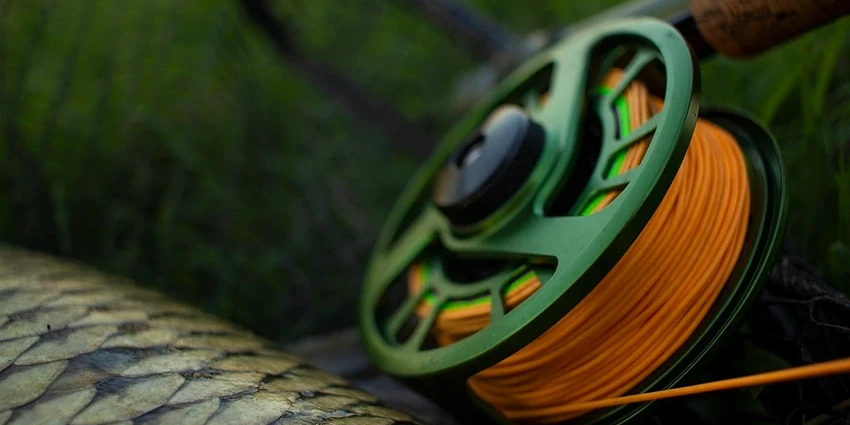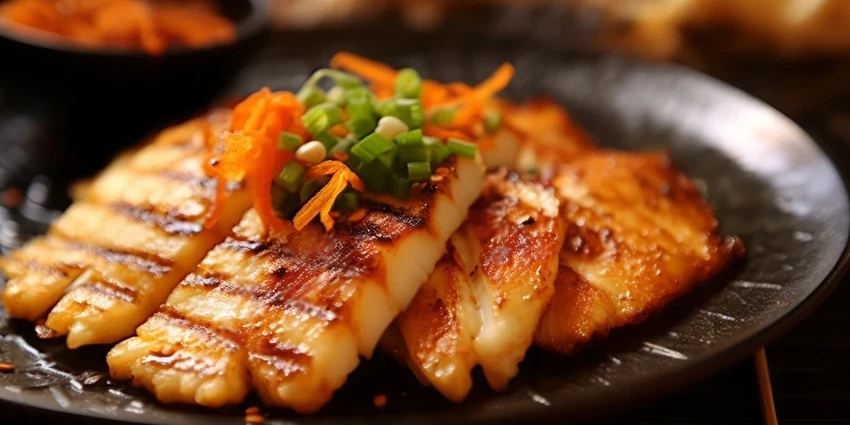All products were chosen independently by our editorial team. This review contains affiliate links and we may receive a commission for purchases made. Please read our affiliates FAQ page to find out more.
Jump to:
Can You Eat Seahorse?
No, seahorses are not recommended for consumption. They are protected in many regions due to their delicate nature, slow reproduction, and importance in marine ecosystems. Additionally, capturing and consuming seahorses can contribute to their declining populations and disrupt underwater environments.
Key Takeaways:
- Seahorses in Culinary History: A delicacy in various cultures, seahorses have a unique place in the culinary world.
- Legal and Ethical Considerations: The consumption of seahorses is surrounded by legal and ethical debates due to their conservation status.
- Nutritional and Safety Aspects: Understanding the health benefits and safety concerns associated with eating seahorses.
- Culinary Techniques: Insights into how seahorses are prepared and consumed in different cuisines.
Seahorses, with their unique shape and fascinating biology, have long intrigued humans. But beyond their allure in aquariums and folklore, seahorses have found a place in the culinary traditions of various cultures. This article delves into the multifaceted aspects of consuming seahorses, from historical practices to modern-day ethical and legal considerations.
Introduction to Seahorses in the Culinary World
Seahorses, belonging to the genus Hippocampus, have been a part of the culinary landscape in certain parts of the world, particularly in Asian countries. Their use in traditional dishes and medicine has been documented for centuries. However, the idea of eating seahorses might seem unconventional or even controversial in many Western societies.
Cultural Significance in Different Regions
In traditional Chinese medicine, seahorses are believed to possess healing properties, often used to treat a variety of ailments. Their consumption is not just about taste but is deeply rooted in cultural beliefs and practices.
The Legality and Ethics of Eating Seahorses
The conversation around eating seahorses is not just about culinary preferences but also involves legal and ethical dimensions. Seahorses are facing threats from overfishing and habitat loss, raising concerns about their conservation.
Legal Restrictions in Various Countries
The trade and consumption of seahorses are regulated under the Convention on International Trade in Endangered Species of Wild Fauna and Flora (CITES). Many countries have imposed restrictions on their capture and sale, making it illegal to eat seahorses in some regions.
Ethical Considerations and Conservation Status
Seahorses are listed as a vulnerable species by the International Union for Conservation of Nature (IUCN). Ethical considerations arise from their declining numbers and the impact of fishing practices on their populations.
Seahorse as a Food Source: Historical Context
The history of seahorses as a food source is rich and varied. In ancient times, they were more commonly consumed, but this practice has changed due to modern conservation efforts.
Historical Use in Traditional Cuisines
In some Asian cultures, seahorses have been used in soups and stews. They were valued for their supposed nutritional and medicinal properties.
Changes in Perception Over Time
Over time, the perception of seahorses as a food source has shifted. Increasing awareness about their ecological importance and conservation status has led to a decline in their use in cuisine.
Health and Safety Concerns When Eating Seahorses
When it comes to consuming seahorses, health and safety are paramount considerations. Understanding their nutritional value and how they should be safely prepared is crucial.
Nutritional Value and Potential Health Benefits
Seahorses are a source of protein and other nutrients. However, their small size and the fact that they are often consumed whole, including bones and organs, make them a unique dietary choice.
Safety Considerations and Preparation Methods
The safety of eating seahorses depends on their source and how they are prepared. Consuming wild-caught seahorses may pose health risks due to the accumulation of toxins from their environment.
Culinary Techniques: Preparing Seahorse for Consumption
The culinary preparation of seahorses is as unique as the creature itself. Different cultures have developed various methods to make these creatures palatable.
Common Cooking Methods and Recipes
In regions where seahorses are consumed, they are often dried and ground into powder, used in soups, or even fried. The preparation method plays a significant role in their taste and texture.
Taste and Texture Descriptions
Seahorses have a distinct taste and texture, often described as chewy or crunchy when dried. The flavor is subtle, and they are usually not eaten for their taste but rather for their perceived health benefits.
Table 1: Nutritional Profile of Seahorses
| Nutrient | Value |
| Protein | High |
| Fat | Low |
| Minerals | Varied |
Table 2: Legal Status of Eating Seahorses in Various Countries
| Country | Legal Status |
| China | Legal with restrictions |
| United States | Illegal in most states |
| European Union | Strictly regulated |
The Impact of Fishing on Seahorse Populations
The relationship between seahorse populations and fishing practices is a critical aspect of the conversation around consuming seahorses. Overfishing poses a significant threat to these delicate creatures.
Effects of Overfishing on Seahorse Populations
Overfishing has led to a drastic decline in seahorse numbers. The demand for seahorses in traditional medicine and as curiosities has exacerbated this issue.
Sustainable Fishing Practices
Adopting sustainable fishing practices is crucial to ensure the survival of seahorse populations. This includes regulated fishing and the implementation of marine conservation areas.
Cultural Significance vs. Sustainability: A Modern Dilemma
The debate between maintaining cultural traditions and ensuring sustainability is at the heart of the issue surrounding the consumption of seahorses.
Balancing Cultural Traditions with Ecological Impact
While respecting cultural heritage is important, it is equally crucial to consider the ecological impact of consuming seahorses. Finding a balance is key to both preserving these traditions and protecting seahorse populations.
Role of Education and Awareness
Raising awareness about the plight of seahorses and educating the public about sustainable practices can help in making informed decisions about consuming seahorses.
Register for our latest in-depth reviews and product round-ups from the experts
Enter your email address below to receive our twice monthly reviews emails.
By entering your details, you are agreeing to our terms and conditions and privacy policy. You can unsubscribe at any time.
FAQs About Eating Seahorses
This section addresses some of the most common questions people have about eating seahorses.
While seahorses are not toxic, their safety for consumption depends on how they are sourced and prepared. It’s important to consider potential contaminants in their natural habitat.
Seahorses are typically dried and ground into powder, used in soups, or fried. The preparation method varies across different cultures.
Seahorses have a subtle flavor and are often described as chewy or crunchy when dried. They are usually not consumed for their taste but for their perceived health benefits.
The Future of Seahorses in Gastronomy
Looking ahead, the role of seahorses in gastronomy is likely to evolve, influenced by conservation efforts and changing cultural attitudes.
Emerging Trends and Potential Alternatives
As awareness grows, there is a shift towards finding alternatives to eating seahorses, focusing on sustainability and conservation.
Conservation Efforts and Their Impact on Culinary Use
Conservation efforts are leading to stricter regulations on the use of seahorses in cuisine. This shift is crucial for the survival of seahorse species.
Table 3: Global Seahorse Population Trends
| Region | Population Trend |
| Asia | Declining |
| Americas | Stable/Declining |
| Europe | Data Insufficient |
Table 4: Alternatives to Seahorse in Traditional Cuisine
| Alternative | Use in Cuisine |
| Herbal Substitutes | Medicinal purposes |
| Sustainable Seafood | Culinary replacements |
Martin Cochran, renowned for his expertise in deep-sea fishing and marine wildlife, plays a pivotal role at Fresh Catch Daily. His adventures across various oceans have equipped him with unique insights and techniques, enriching our platform with diverse and engaging content for fishing enthusiasts.











